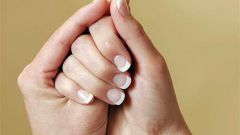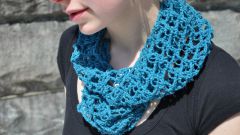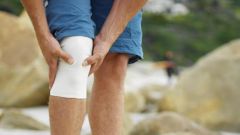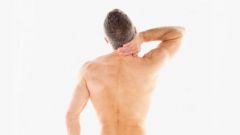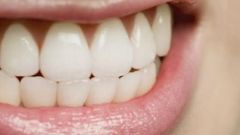Instruction
1
The crunch in the neck, usually associated with damage to the intervertebral discs – special layers of cartilage between the vertebrae. The depletion of cartilage in the cervical spine most often seen in office workers and drivers due to a sedentary lifestyle. As the progression of the disease in the intervertebral disc cracks, and the vertebrae can come into contact with each other, which leads to the terminal nerve endings, acute pain and numbness of the hands.
2
To prevent the development of cervical degenerative disc disease or alleviate the disease will help the following simple rules during the working day. Try to take breaks during work. Just stand up from the table and walk down the corridor. If this is not possible, turn the head from side to side several times to look at the ceiling and floor.
3
The deposition of salts in the cervical vertebrae the crunch intensifies and complicates the degenerative disc disease. This problem can be solved by avoiding salty food. Also the deposition of salts contributes to an excess of protein foods.
4
To avoid complications of cervical degenerative disc disease is possible if a healthy lifestyle, often in the fresh air and giving the body the necessary exercise. This disease is very useful swimming, because the water relaxes the spine and the intervertebral discs return to their natural position. For a complete relaxation of the neck muscles the importance of a good night's sleep. Patients with cervical osteochondrosis is better to choose special anatomic pillow for maximum relaxation of the neck muscles.
5
In the early stages of the disease good healing effect is achieved with a special neck massage. Because the area of cervical spine that focused a lot of nerve junctions and important blood vessels, it is recommended to use the services of a qualified professional in a medical facility.
6
Special therapeutic exercises allows you to strengthen the muscle corset of the neck, thereby releasing the load on the spine and improve blood circulation in the tissues adjacent to the intervertebral discs.
- Lie on your stomach. The head turns to the side. Inhale and hold your breath. Press my cheek on the Mat or bed. Exhale and relax. Do this exercise by turning your head the other way.
- Sit down. Put your hands behind your head. With a force push head in his hands.
Also in the sitting position put your hands on your forehead and press down on them with his head.
- Behind the back one hand. With the other hand tilt his head to the side. Hold this position for 3-5 seconds.
- Sit up straight, put your hands down at your sides. Inhale lower your head down, trying to touch the chin to the chest.
- Lie on your stomach. The head turns to the side. Inhale and hold your breath. Press my cheek on the Mat or bed. Exhale and relax. Do this exercise by turning your head the other way.
- Sit down. Put your hands behind your head. With a force push head in his hands.
Also in the sitting position put your hands on your forehead and press down on them with his head.
- Behind the back one hand. With the other hand tilt his head to the side. Hold this position for 3-5 seconds.
- Sit up straight, put your hands down at your sides. Inhale lower your head down, trying to touch the chin to the chest.

